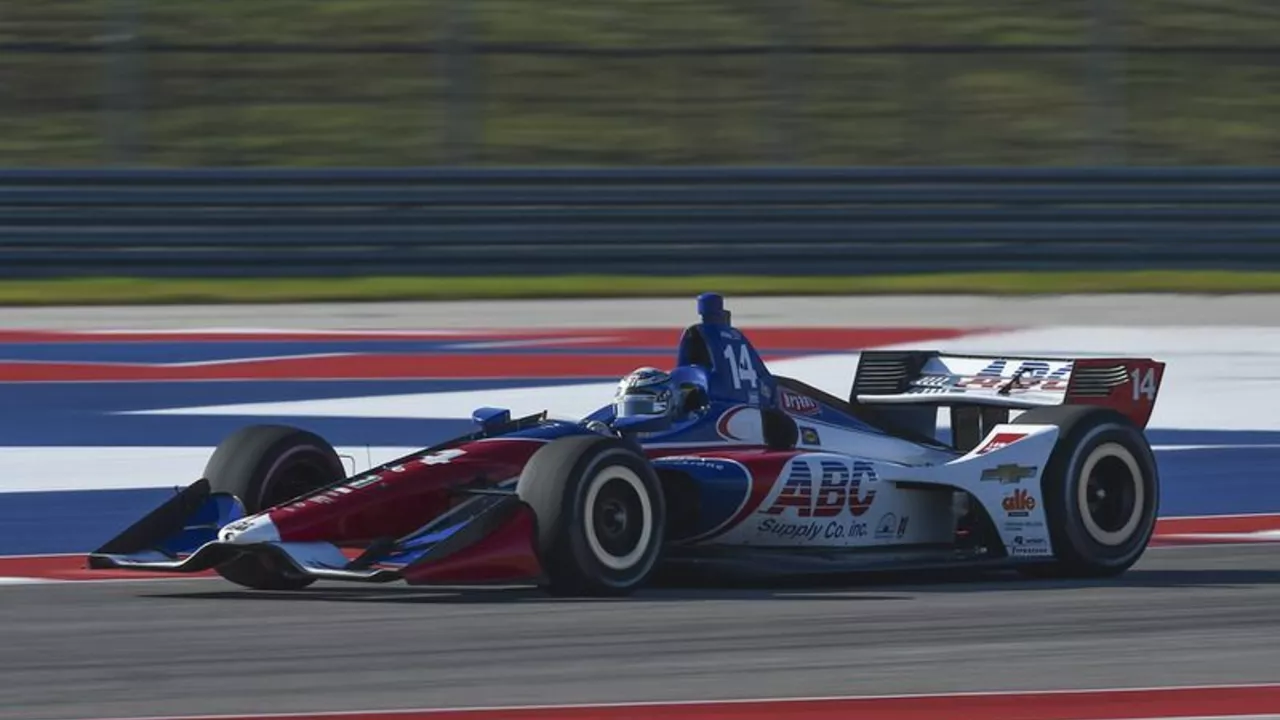Racing Strategy: Simple Tips to Win on Any Track
When you think about racing, speed is the first thing that comes to mind. But speed alone won’t win you a race. A solid racing strategy turns raw pace into results. In this guide you’ll get clear, down‑to‑earth advice you can use whether you’re behind the wheel of a kart, a GT car, or just watching from the couch.
Understanding the Basics
Every race starts with a plan. The easiest part is to look at the circuit layout. Long straights favor top speed, while tight corners demand good grip and braking control. Write down where the biggest overtaking spots are – usually after a heavy brake zone or a fast‑right turn. Knowing these zones lets you decide when to push and when to hold back.
Tire choice is the next big piece. Softer compounds give you more grip, but they wear out faster. Harder compounds last longer but can feel sluggish. A common rule of thumb: use softer tires if the race is short or if you need to make an early move. Choose harder tires when the event is long or when the track temperature will rise sharply.
Fuel load matters, too. A heavy car is slower on the straight but can run longer without stopping. Light fuel means quicker laps, but you’ll need an extra pit stop. Calculate how many laps you can do on a full tank, add a safety margin, and decide if an extra stop is worth the time it costs.
Advanced Tactics for Race Day
Now that the basics are covered, let’s talk about real‑world tactics. First, practice your pit stop timing. Most series let you pit anywhere in a window of a few laps. If you pit early, you get fresh tires sooner and can drive faster, but you risk being stuck behind slower traffic later. Pit late and you may have a clear track, but you lose time on worn tires. Use practice data to find the sweet spot.
Weather can flip a whole strategy on its head. If rain looks likely, keep a set of intermediate tires in the garage. When the track gets slick, a quick tire swap can gain you dozens of seconds. Even if the rain holds off, staying on a dry set in damp conditions can lose grip fast.
Never ignore the power of a clean racing line. The fastest lap isn’t always the one that hugs the inside of every corner. Sometimes opening up a bit lets you carry more speed through the exit, especially if you’re on a tire that’s reaching its limit. Experiment in qualifying and note which approach gives you the best overall lap time.
Finally, keep an eye on your rivals. If a competitor pits early, you might respond by staying out longer to gain track position, or you could pit with them to keep the pace match. The key is to stay flexible – a good strategy isn’t a rigid script, it’s a framework you can adapt as the race unfolds.
Summing up, a winning racing strategy blends circuit knowledge, tire and fuel planning, smart pit timing, weather awareness, and constant rival monitoring. Stick to these basics, tweak them for each event, and you’ll turn raw speed into podium finishes. Happy racing!
